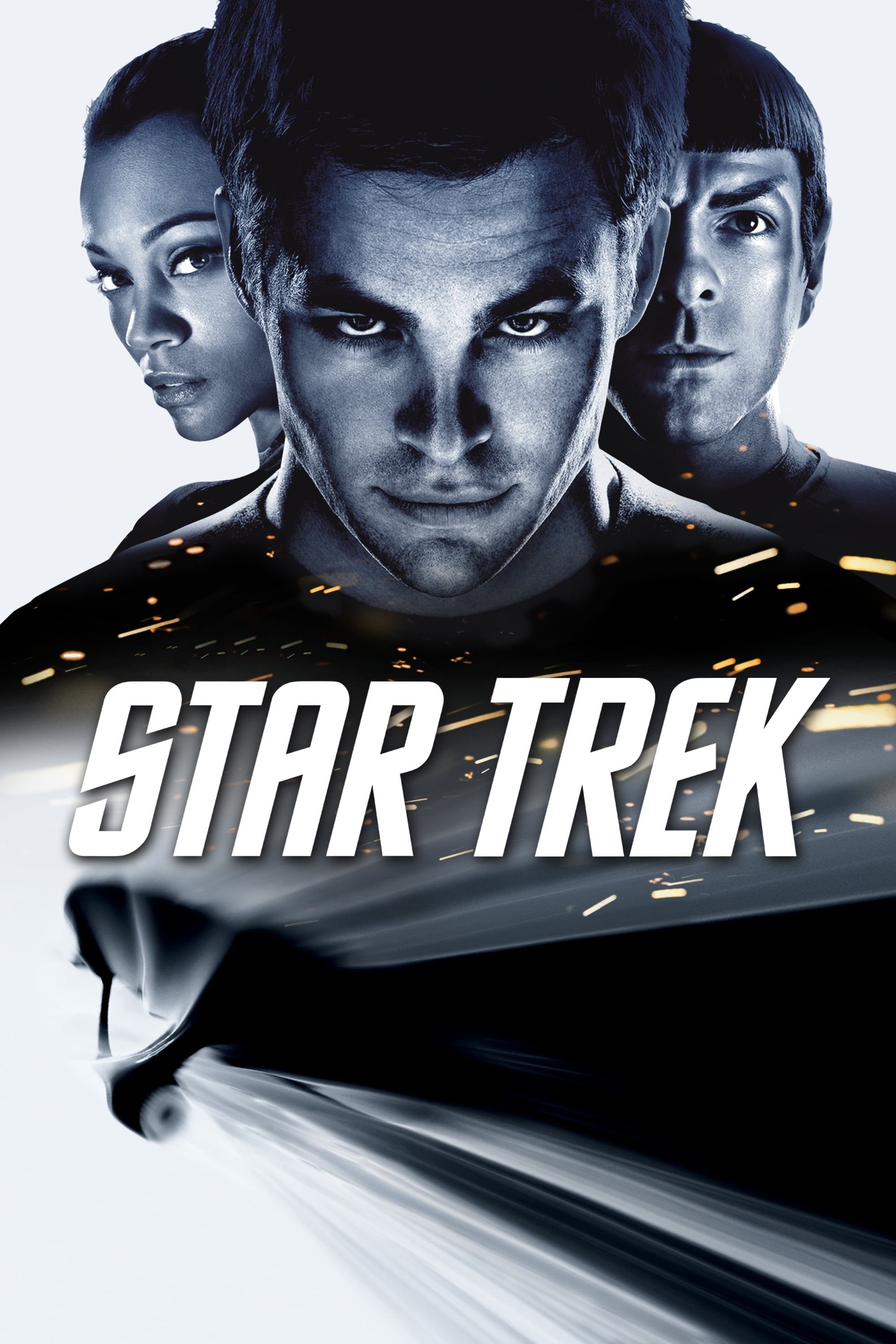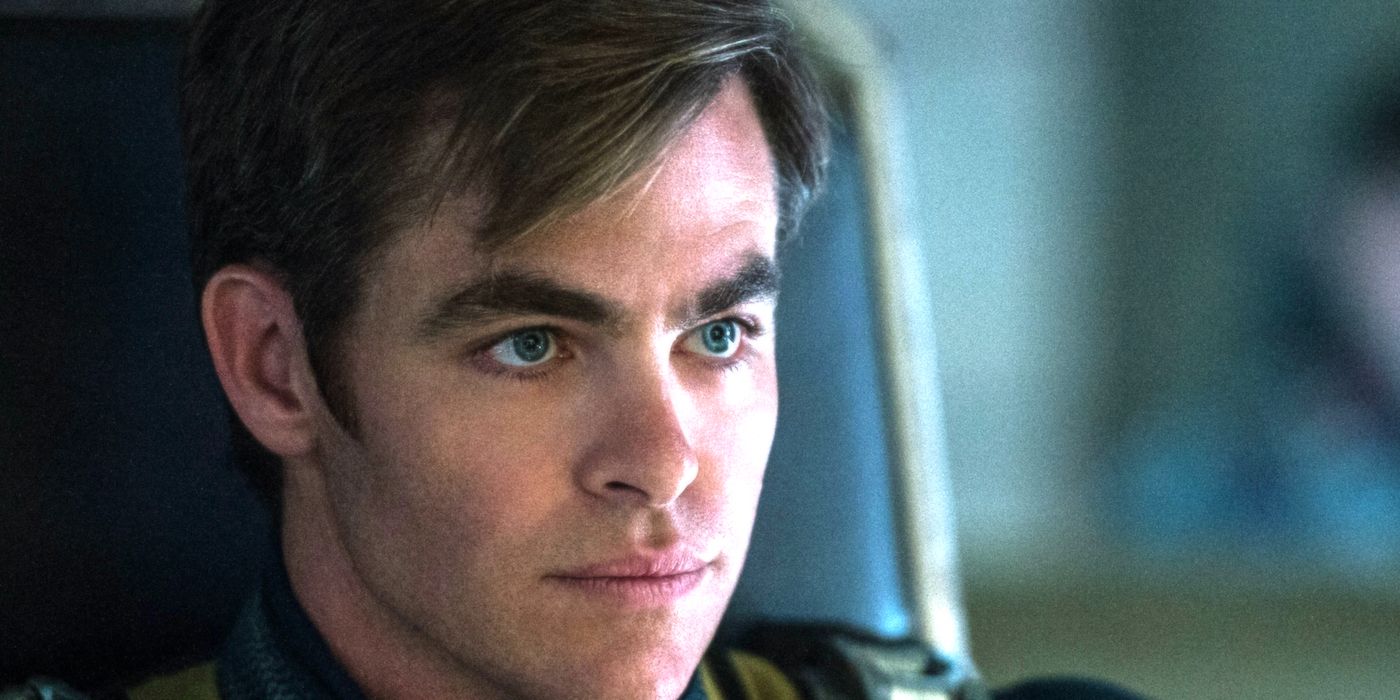The Big Picture
The most recent trilogy of Star Trek films, dubbed the “Kelvin” films by fans, are controversial. All three films, which took place in a rebooted version of the Star Trek universe known as the “Kelvin timeline,” received generally positive reviews from film critics, and the first, simply titled Star Trek, deserves credit for reigniting public interest in the franchise after several years in which there were neither new Trek films nor television series being released. But Trekkies were critical of the new films, noting that their plots focused more on large-scale action than the social commentary that makes the franchise unique. More generous assessments of the films have acknowledged that they do comment on some important topics, such as the colonialist qualities that the United Federation of Planets has, and through allegory, the real-world War on Terror.
Specific storytelling decisions were also criticized, including many from the second film in the trilogy, Star Trek Into Darkness which served as a partial remake of the most popular film in the franchise, Star Trek II: The Wrath of Khan. However, it would be hard for even the harshest detractors of the new films to criticize their central character. Chris Pine played the rebooted version of James T. Kirk, turning in three memorable performances that were aided by strong writing, which altered the character’s backstory. These changes made the character more relatable and allowed him to be developed significantly throughout the three films, helping Pine prove that someone other than William Shatner could successfully play the famous Enterprise captain, paving the way for Paul Wesley and other actors who may take the role on in the future.

The brash James T. Kirk tries to live up to his father’s legacy with Mr. Spock keeping him in check as a vengeful Romulan from the future creates black holes to destroy the Federation one planet at a time.
What Is Star Trek’s Kelvin Timeline?
The Kelvin timeline has its roots in the far future of Star Trek’s original universe. In the first film, which is also known as Star Trek ’09, it is revealed that the planet Romulus was destroyed by a supernova in the year 2387, despite Spock’s (Leonard Nimoy) best efforts to save it. A Romulan named Nero (Eric Bana), captain of an interstellar mining vessel, and his crew were teleported back in time to 2233. Spock also traveled through the black hole but was released 25 years later. Nero blamed Spock for the destruction of his planet and swore revenge. When the Romulan ship, the Narada, arrived in 2233 it attacked a Federation starship, the USS Kelvin. The captain of the latter went aboard the Narada to attempt to broker peace, leaving his first officer, George Kirk (Chris Hemsworth), in command. After Nero killed the captain, George ordered the evacuation of the Kelvin, although he remained behind to battle the Narada so that his people could escape. His wife, Winona (Jennifer Morrison), went into labor while being evacuated. As George piloted the Kelvin on a collision course with the Narada he talked to Winona over a communicator as she gave birth to their son James, whom he said they would call “Jim”. George’s sacrifice saved most of the crew and passengers, a total of around eight hundred lives.
25 years later Jim was living in Iowa and doing little with his life despite his genius-level intellect. While hitting on Starfleet cadet Nyota Uhura (Zoë Saldaña) Jim was confronted by other cadets, who subsequently beat him up in a bar fight. The fight was stopped by Captain Christopher Pike (Bruce Greenwood), who then told Jim that he had written a dissertation on his father’s heroic tenure as captain. He noted Jim’s potential and dared him to do even better than George, successfully motivating him to join Starfleet. It’s especially impressive how good a job Pine did endearing the audience to Jim, given that this was his first scene. Jim’s womanizing is a part of his character that, while constant, has frequently been debated and critiqued. A scene like this easily could have come across as much more creepy than charming. Pine wisely seems to realize how ridiculously forward the innuendos in the dialogue are and delivers them with a self-deprecating quality that makes Jim more of a lovable goof than a predatory man. The viewer gets the sense that Jim is just as excited by the discovery that Uhura is an intellectual equal he can verbally spar with as he would be if she were actually interested in a date or sex. His deliveries also immediately separate his work from Shatner’s. Pine speaks in a much quicker, more free-flowing manner than his predecessor and while Shatner’s more theatrical performances worked for his Star Trek projects, the changes Pine made were essential in making the character believable to a wide, modern audience. Saldaña also deserves credit for handling the scene exceptionally. She conveys Uhura’s power and confidence by never appearing intimidated by Jim and manages to create a balance between having the character be somewhat amused and intrigued by this strange local without ever seeming like she would indulge in any kind of romantic or sexual dalliance with him.
Three years later, Jim was accused of cheating on the Kobayashi Maru exam by his timeline’s Spock (Zachary Quinto), a Starfleet commander. Jim didn’t deny the accusation but criticized the exam as being unwinnable and therefore unfair. Spock noted that its purpose was to train potential captains to accept inevitable destruction and death, so they can best serve their crews in disastrous situations, much as George had done. This scene quickly established that Pine and Quinto would have an onscreen dynamic as layered and interesting as the one shared by Shatner and Nimoy. Pine sells the idea that Jim’s refusal to believe in unwinnable situations isn’t mere bravado but evidence of his optimism and willpower but, while Spock sometimes comes across as smug due to the limited emotional range he had at the time, Quinto still makes his words poignant and his stance worth considering. After his friend Dr. Leonard “Bones” McCoy (Karl Urban) snuck him onto the USS Enterprise, which Pike was captain of, Jim recognized the conditions of an attack on Vulcan as the same ones from the day of his birth and successfully predicted that the Narada was again attacking. Although Pike welcomed his help and made him first officer before departing for an unsuccessful attempt to negotiate with Nero, Spock, who was then the acting captain, threw Jim off the ship after the destruction of Vulcan.
Chris Pine’s Captain Kirk Lives Out His Father’s Legacy
Jim was marooned on the planet Delta Vega, where he met Nimoy’s Spock and Montgomery “Scotty” Scott (Simon Pegg). Spock explained his history with Nero to Jim, describing how the Romulan attacks had created an alternate timeline. He also spoke of his long friendship with his timeline’s Jim (Shatner) and encouraged Pine’s version to take his place as captain of the Enterprise by pointing out that the younger Spock was emotionally compromised by the destruction of Vulcan and death of his mother, Amanda (Winona Ryder). Jim asked if he knew his father in the other timeline. Spock replied that he did and that George was proud to see Jim become captain. Although Jim succeeded in taking the position of captain from him, the young Spock did not hold a grudge and the pair worked together to free Pike and defeat Nero. After doing so, Jim was made permanent captain of the Enterprise, with Pike telling him that his father would be proud. On his older self’s recommendation, Spock resumed his role as first officer. This storyline cemented Pine’s Jim as a capable hero without forgetting about the vulnerability and nuances that made his version of the character relatable in the first place. His curiosity about his relationship with George in the other timeline is heartbreaking and Pine shows how learning of his other self’s accomplishments and his father’s pride in them encourages Jim to commit himself to stopping Nero and living up to his potential. He also handles the confrontation with Spock and its aftermath expertly. Jim feigns a good amount of anger and condescension to get a rise out of Spock but once the Vulcan relinquishes command it becomes clear he felt guilty for exploiting the other man’s vulnerabilities, even for a good reason, and when Uhura icily states that she hopes he knows what he’s doing Jim quietly replies that he does too, with Pine’s delivery conveying both his guilt at what he just did and his apprehension at the monumental task before him, maintaining the character’s likable underdog qualities.
Jim’s efforts to live up to his father’s example were further complicated in the subsequent films. In Star Trek Into Darkness, he was demoted after violating the Prime Directive to save Spock’s life. Although it was hard to argue with Jim’s reasons for doing so, his subsequent conversation with Pike revealed the extent of his arrogance, as he admitted that he believed some rules shouldn’t apply to him. After Khan Noonien Singh (Benedict Cumberbatch) killed Pike during an attack on Starfleet, Jim’s command was reinstated, and he was ordered to kill the super-powered terrorist by Admiral Alexander Marcus (Peter Weller). Although Jim was originally intent on assassinating Khan as ordered, Spock managed to remind him that doing so violated both Starfleet regulations and general moral values. Pine makes Jim’s grappling with these issues the emotional bedrock of the film, and it is consistently clear from his performance how the character is weighing every decision against what he believes Pike and his father would do and what would make them proud. The later parts of the film highlight how Jim had learned greater humility and responsibility, proving that he was worthy of both his father’s sacrifice and Pike’s faith in him. In two of the series’ most emotional scenes, Jim apologizes to his crew for putting them in danger and offers his life in exchange for theirs to Wallace (who is revealed to be corrupt) and then exposes himself to a lethal amount of radiation to realign the Enterprise’s damaged warp core and save the ship, only being revived after Spock, Bones, and Uhura injected him with Khan’s regenerative blood. Pine’s work in these scenes was spectacular, capturing the weight of the expectations placed on Jim and his intense love for his crew, truly making the viewer believe that the lives of those around him mattered much more to Jim than his own.
In the third Kelvin film, Star Trek Beyond, Jim initially loses his enthusiasm for his work as captain and is still affected by his father’s death, as shown in a solemn birthday celebration he shares with Bones. However, during the Enterprise crew’s conflict with Balthazar Edison/Krall (Idris Elba), he rediscovered his passion, eventually telling the anti-Federation soldier that it’s “Better to die saving lives than live with taking them. That’s what I was born into.” After Krall’s defeat, Jim turns down the offer of a promotion, preferring to remain as captain exploring space, and the crew throws him a more elaborate birthday party as a new version of the Enterprise is constructed.
The Kelvin films are, again, far from perfect, and they had flaws beyond just those previously mentioned. But Pine’s Jim and the development he went through gave them a strong emotional core that made for rewarding viewing experiences. Unfortunately, since Star Trek Beyond underperformed at the box office the franchise has been unable to get a fourth film developed, despite several promising ideas and the recent resurgence of Star Trek television on Paramount+. Hopefully, a new story worthy of the Kelvin cast can be developed at some point as it would be a shame if viewers never got to see them, especially Pine’s Captain Kirk, again.
The Kelvin Timeline Star Trek movies are available to stream on Paramount+ in the U.S.
Watch on Paramount+








